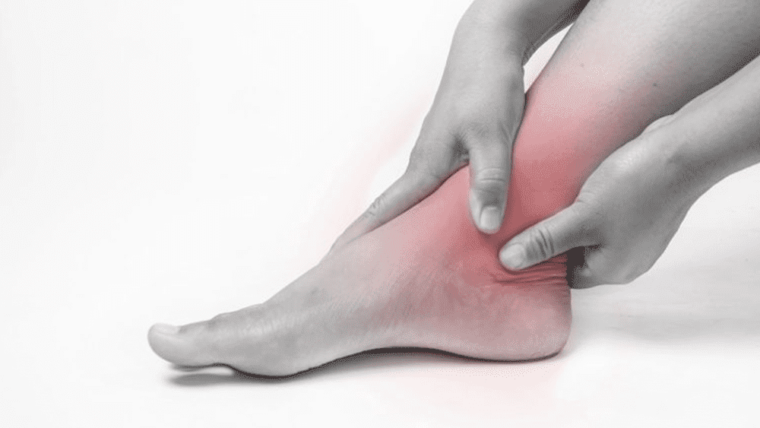Table of Contents

With there being so many different running styles and techniques, it can be tricky to know where you fit within the world of running. But whether you’re a beginner or an intermediate runner, being flat-footed can present some unique challenges when it comes to hitting the road. Read on to discover how flat feet affect your running, and how you can work around them with these expert tips and tricks.
What does having flat feet mean?
Flat feet (or a flat foot) is a condition where there is little or no arch in your foot. There are two main reasons for this. Firstly, because the muscles in the arches of your feet aren’t very strong, they aren’t able to lift your foot at all. The other, more common reason is that the ligaments in your feet have become overstretched, causing them to weaken and drop the arch, preventing it from forming in the first place. The term ‘flat feet’ is actually a misnomer, as the foot actually becomes ‘rolled in’ – the arch flattens out, and the foot can turn inwards and become less flexible. Having flat feet is common, with around one in five people being affected. This is because it’s actually a genetic condition, so if your parents have flat feet, there is a good chance you will too.
How can flat feet affect your running?
Being flat footed has its own challenges when it comes to running. Overpronating is a common issue, which can cause your feet and knees to take a considerable amount of stress. Overpronation, or rolling inwards, is basically your foot trying to compensate for the lack of arch in your foot. The foot basically collapses, and your arch collapses with it, putting your leg and knee bones out of line and putting a lot of pressure on them. The increased pressure on the inside of the foot can lead to a number of conditions and injuries, from plantar fasciitis to knee pain.
Try these tips to make running easier with flat feet
Build up your running slowly – Flat feet can often mean you’re more prone to injury. Start running with a slow and steady approach, and alternate between walking and running throughout your run. This will help you to stay in control, and it will give your body extra time to adapt to the extra pressure that running with flat feet can cause. Strengthen your feet and ankles
Weak ankles and muscles in your feet mean that you’re more at risk of injuries such as ankle sprains and inflammation in your foot. To lower your risk of injury, try these foot strengthening exercises for flat feet. Avoid running on hard surfaces. Running on concrete and asphalt is hard on your body, and if you have flat feet, it’s even harder. Running on softer ground, such as sand, gravel, or grass, will help to support your feet and lower the risk of injury.
Foot strengthening exercises for flat feet
There are a few exercises you can do to strengthen your feet and make running with flat feet easier. Here are a few of the best ones to try: –
Heel drops – Stand on a step with one foot, and gently lower the heel of that foot down as far as you can. Repeat with the other foot, and do this a few times a week. This is a great exercise to strengthen the muscles in your foot and ankle, and help to build up the arch in between your foot joints.
Arch lifts – Arch lifts are similar to heel drops, but instead of lowering your heel, you’ll be lifting your arch. Stand on a step with one foot, and slowly lift your arch as high as you can. You can support your arch with your hand if you need to. Repeat with the other foot, and do this a few times a week.
Try a stability shoe
Stability shoes tend to have a wider and more rigid sole, which helps to stabilize your foot and keep your legs in a more natural position. This can be a great way to support your feet when running. There are a few things to keep in mind when shopping for stability shoes. Make sure they have the right amount of support for your foot type. If you have high arches, look for a shoe that supports it. If you have low arches, look for a shoe that has a bit more support in the sole. Make sure the shoe has a wide toe box. The wider the toe box, the more support it will have for your foot, which is especially important for people with flat feet.
Conclusion
Flat feet are a common condition, and although it may seem like a disadvantage, it can actually be good for you. It can help you to be more active and more balanced in everyday life. When it comes to running, flat feet can cause a few issues. But by following these tips and tricks, you’ll be running like a pro in no time. So what are you waiting for? Get those feet moving and join the flat feet club! Do you have any more running tips if you’re flat footed?


